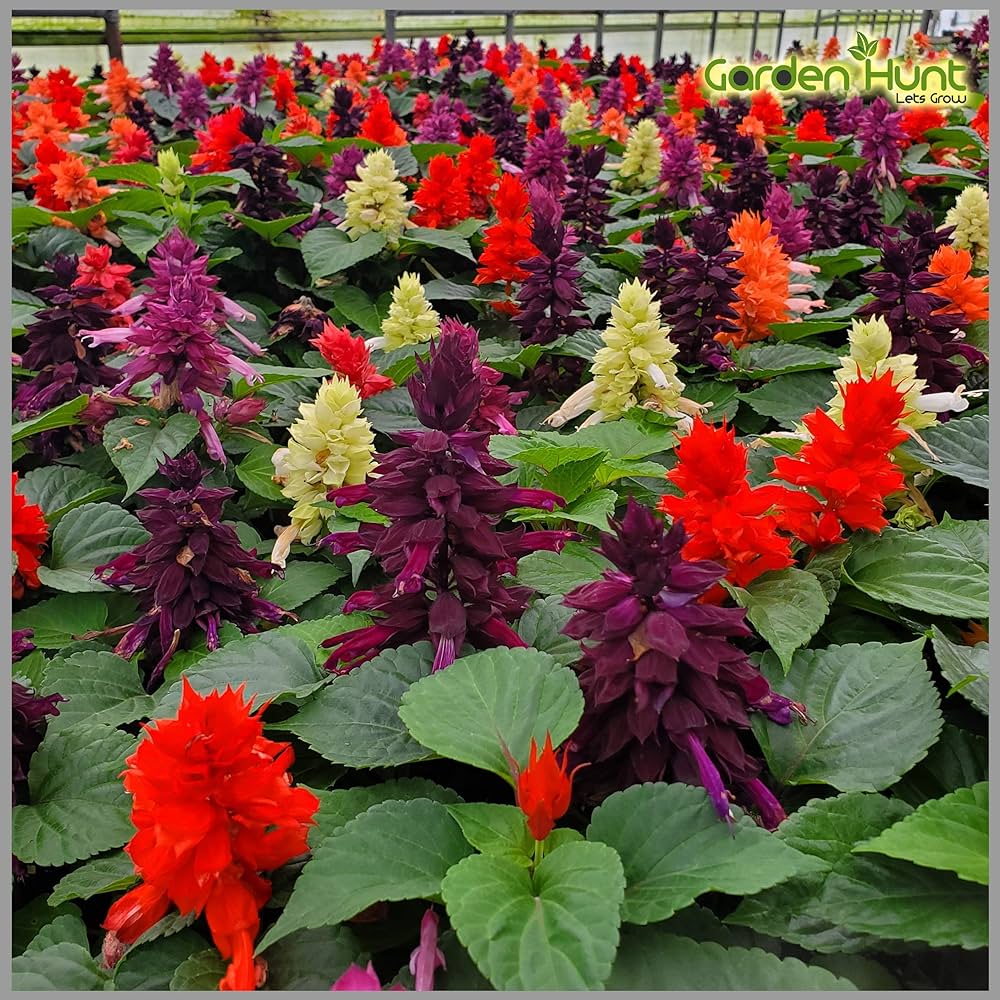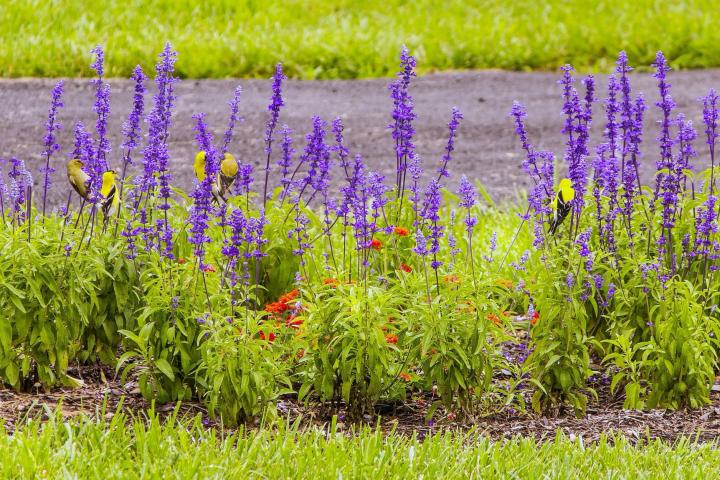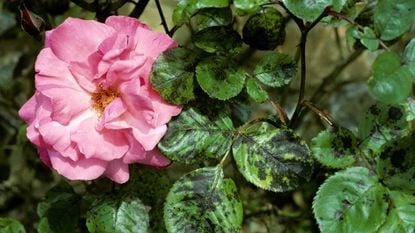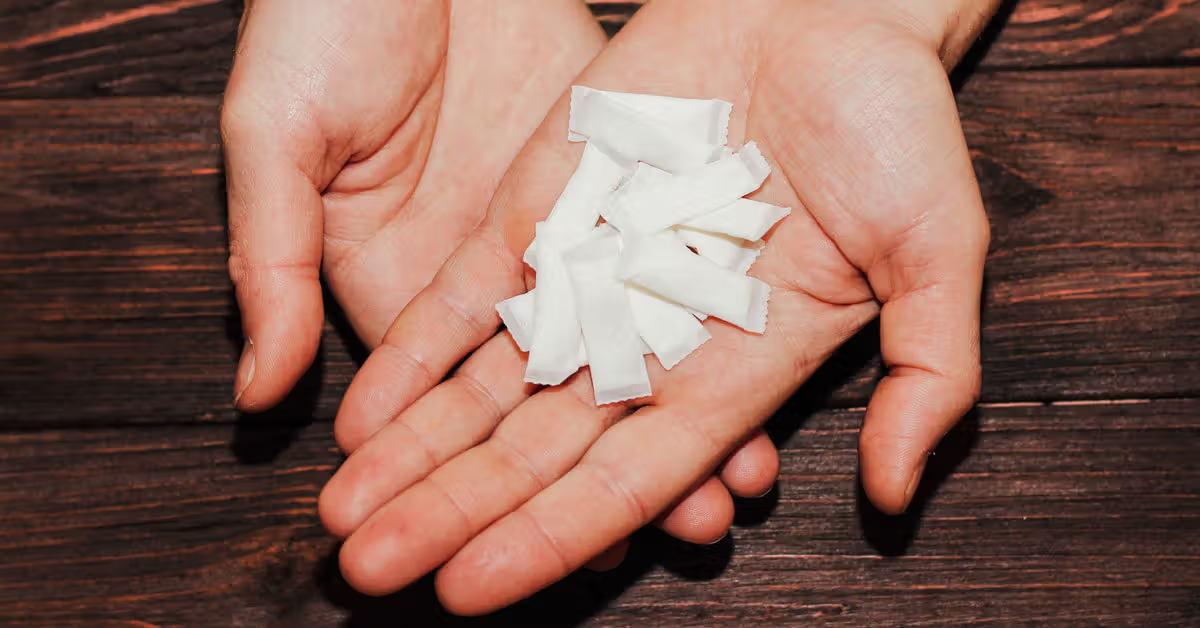What Temperature is Good for Salvias?

Table of Contents
Salvias are nectar-rich flowers that attract hummingbirds, bees, and butterflies. They are a part of the mint family, which includes rosemary, thyme, basil, and lavender. Salvias are also known as ornamental sage.
Salvias have long stalks of colorful flowers bunched together densely on square stems and fragrant, velvety leaves that repel deer and rabbits. Salvias come in various colors like purple, pink, white, red, and blue. There are almost a thousand species of salvias that come in annual, perennial, and biennial varieties that range from short-growing plants to tall stalks and dense shrubs.
Salvias are drought-resistant and quite hardy. Salvias are a diverse group of plants with different temperature needs depending on the species and type. However, salvias are versatile and can adapt to different temperatures.
This guide will help you understand what temperatures are best for salvias and problems with salvias.
Different Types of Salvias & Optimum Temperatures

Salvias can be categorized into different types according to the temperature conditions in which they thrive and bloom. Here are some common types of salvias according to temperature ranges.
1. Warm Season Salvias
Many salvias thrive in regions with warm climates and can handle high temperatures between 70 degrees Fahrenheit and 85 degrees Fahrenheit. They bloom well under full sun and can handle warm temperatures, making them perfect plants for a summer garden. Salvia Greggii, Salvia farinacea, and Salvia coccinea are some examples of salvias that grow in high-temperature places.
2. Cool Season Salvias
Salvias like Salvia nemorosa, Salvia Splendens, Salvia pratensis, common sage, and Salvia azurea are varieties of salvia that are more suited to a cooler season and prefer milder temperatures. You can plant them during spring and fall when temperatures are between 60 degrees fahrenheit and 75 degrees fahrenheit. These cannot survive in extremely hot or extremely cold temperatures.
3. Cold Season Salvias
Some varieties of salvias can adapt to cold climates and can withstand freezing temperatures. Salvia nemorosa ‘May Night,’ Salvia ‘East Friesland,’ and Salvia ‘Caradonna’ are some varieties that can thrive in regions of cold winters.
4. Tropical Salvias
Tropical salvias are native to tropical regions and thrive in consistently warm temperatures. They cannot tolerate frost and are best suited for tropical and subtropical climates. Salvia elegans, Salvia cinnabarina, and Salvia oxyphora are some examples of salvias that need a tropical climate to thrive and be healthy.
5. Adaptable Salvias
Salvia Microphylla, Salvia Leucantha, Salvia officinalis ‘Berggarten,’ and Salvia chamaedryoides are species of salvias that are versatile and can thrive and survive in a range of temperatures, making them suitable to various climates. They are popular choices because of their adaptability and hardiness.
While selecting salvias for your garden, consider your local climate and the range of temperatures experienced during different seasons. You should keep in mind that you will have to plant salvias in the spring when the soil has warmed up, and the temperature of the soil is above 50 degrees fahrenheit.
How to Plant Salvias

It is relatively easy to plant salvias, but the exact process varies depending on the type of salvia you wish to plant. Here is a step-by-step guide on how to plant salvias.
- Choose The Right Location: Most salvias need full sun, typically 6 to 8 hours of sunlight daily. Select a spot that receives an appropriate amount of sunlight. Make sure that the spot you have chosen gets good circulation of air to prevent fungal diseases like powdery mildew. Extremely wet soil can make the roots of the plant rot, which causes the plant to wilt and have yellow leaves or die. Put in a soil drainage system or consider planting them in raised beds. You can add organic matter to improve the quality of your soil.
- Prepare the Soil: If the quality of your soil is not good, your plants will not grow healthy. You can add compost and organic matter to improve the quality of soil by improving its fertility and drainage. Dig the soil to a depth of about 6 to 8 inches to create a good planted bed.
- Depth And Space: Generally, salvias should be planted in the same pot as their nursery pots or at the depth recommended for the specific type of salvia that you want to plant. You should refer to the planting instructions for your type of salvia. Keep your salvias at least 12 to 18 inches apart to give them space to move, grow, and spread. This is how much space a mature salvia plant needs.
- Transfer From Container: If you have potted salvias, gently remove the plant from the container and be careful not to damage the roots. Dig a hole in the prepared soil that is as deep as the root section and slightly wider than that. Place the salvia in that hole and fill it with soil, pressing down on it gently to remove any air pockets.
- Planting Seeds Or Cuttings: If you have cuttings of salvias, plant them in the prepared soil as you would have done if you had potted salvias, and if you are planting them from seeds, refer to the instructions on the seed packet to plant them at the recommended depth and spacing.
Conclusion
Salvias come in a range of varieties that are suitable for different temperatures and climates. Some can withstand high temperatures, while some need a mild climate, and some can thrive even in freezing temperatures and withstand frost.
It is important to understand which type of salvia will thrive in your local climate. Make sure that you choose salvias best suited to your local climate. Salvias are low maintenance and quite hardy but regularly maintained to care for any pests, fungi, or diseases.
If you plant your salvias properly and do regular maintenance, you will have salvias that will make everyone jealous.






